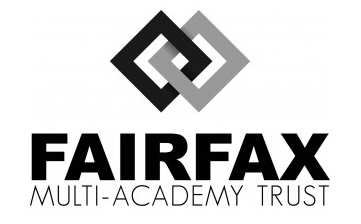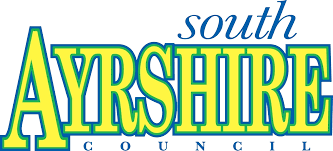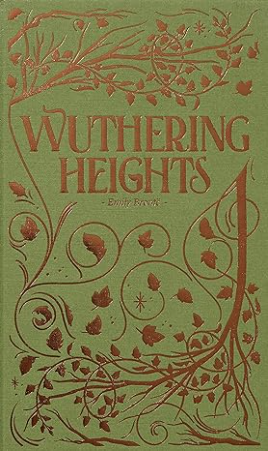
Wuthering Heights by Emily Bronte - Vocabulary
Wuthering Heights by Emily Brontë is a classic novel that explores themes of love, revenge, social class, and the destructive nature of obsession. The story is narrated by Mr. Lockwood, a newcomer to the Yorkshire moors who rents Thrushcross Grange, a neighboring estate to Wuthering Heights. He becomes intrigued by the mysterious and turbulent history of Wuthering Heights and its inhabitants.
The novel primarily revolves around the tragic love story of Heathcliff and Catherine Earnshaw. Heathcliff, a dark and enigmatic orphan, is adopted by the Earnshaw family and forms a passionate bond with Catherine. However, Catherine marries another man, Edgar Linton, due to societal pressures. This unfulfilled love sets in motion a series of events that lead to Heathcliff's descent into madness and his quest for revenge against those who wronged him.
The novel is marked by its complex characters, dark and atmospheric setting, and intricate narrative structure. It delves into the destructive power of unchecked emotions and the lasting consequences of societal injustices. Emily Brontë's writing is known for its emotional intensity and vivid portrayal of the human psyche. Wuthering Heights is a haunting and enduring tale of love and vengeance that continues to captivate readers with its raw emotion and intricate storytelling.We've selected key vocabulary to create a word list for this novel to help save teachers time.
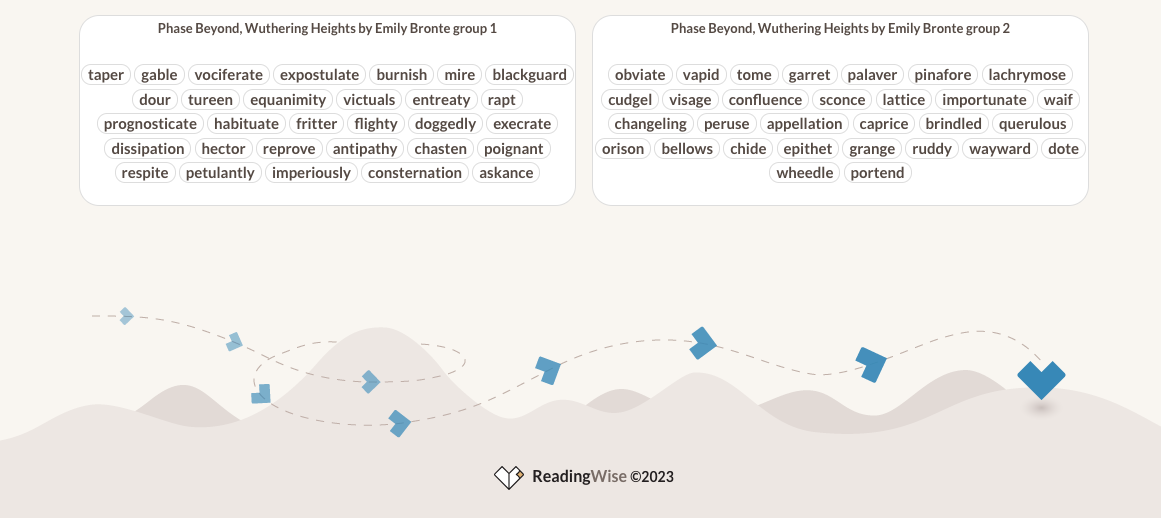
You can also access an editable list here.
Vocabulary cards include:
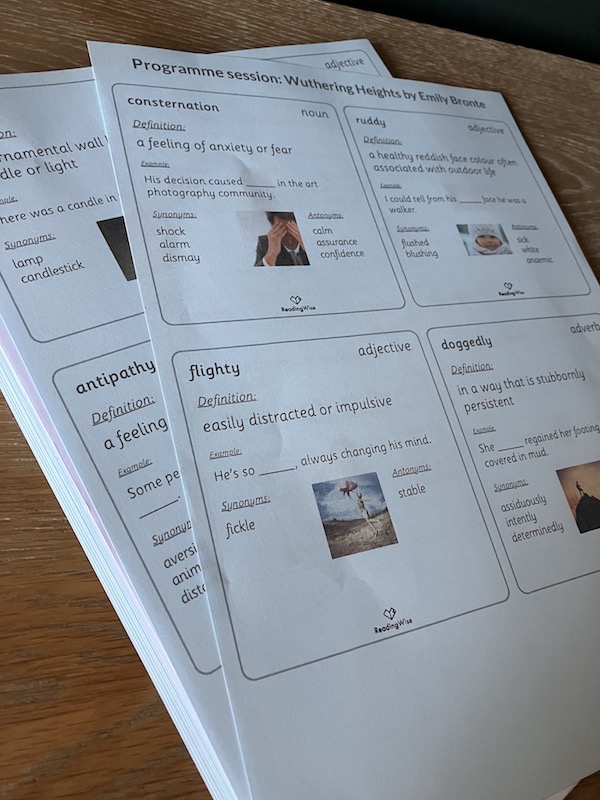
- Definition;
- Word type;
- Synonyms and antonyms;
- Example sentence;
- Image.
Complete a short form and we'll email you the vocabulary cards at once.
About Word Lists
Word lists can be invaluable tools for students studying a novel, offering several advantages in enhancing comprehension and analysis.
Firstly, word lists can aid in vocabulary expansion. Novels often contain words that are uncommon or specific to a particular era, region, or context. By compiling and defining these words in a list, students can develop a deeper understanding of the text, making it easier to follow the storyline and grasp the author's intended meaning. Secondly, word lists can serve as a reference guide for literary devices and themes. Students can identify and categorize literary elements such as metaphors, similes, symbols, and motifs, allowing for a more comprehensive analysis of the novel's themes and messages. Additionally, word lists help students track character development. By listing characteristics, traits, and changes in characters' personalities or relationships, students can create a visual representation of character arcs, making it easier to discuss character dynamics and growth in their analyses.Furthermore, word lists promote active engagement with the text. When students actively search for unfamiliar words, literary devices, or significant phrases to include in their lists, they become more immersed in the reading process, enhancing their overall comprehension and critical thinking skills.
In conclusion, word lists are valuable aids for students studying novels, facilitating vocabulary expansion, enhancing literary analysis, tracking character development, and fostering active engagement with the text. These lists empower students to delve deeper into the novel's layers and extract richer insights from their reading experience.
How the Vocab module works
The Vocab module is simple. It's online. Each learner has their own username and password. You (the teacher) allocate the word list you'd like your class to work on. And away they go!
Mastering words
The programme learns how well your learners understand a word. Once they've mastered it, it goes into their mastered list! Each word has a 'definiton card' that supports their learning. This includes a definiton, an example sentence, synonyms, antonyms and an image. As they become more confident with a word, the definition card becomes more challenging. The image disappears - then the synomyms and antonyms, and finally the example sentence. If the learner makes a mistake, then the scaffolding returns - until they've mastered the word!
Each word has audio support so they are hearing and seeing the word as they learn it. And you are bringing the words to life with your class as you read the book or cover the topic!
Interrupting the forgetting curve
One amazing thing about the Vocab module is that the programme actually revisits words at key intervals. This is based on the science of memory and the famous work of Ebbinghaus. The programme interrupts the tendency to forget new things by overlearning at strategic intervals! This helps the words become firmly lodged in your learners long-term memories!
Short and regular sessions are best!
As a supplementary resource, Vocab is best used alongside your usual classroom activities. You might ask your class to spend 5 or 10 minutes a few times a week, either at home or at school. Some teachers like to use the programme from the front of the classroom too!
Which word list next?
If you are reading an amazing book with your class and you'd like us to create a word list for it, then let us know!




